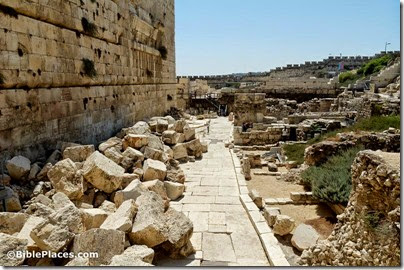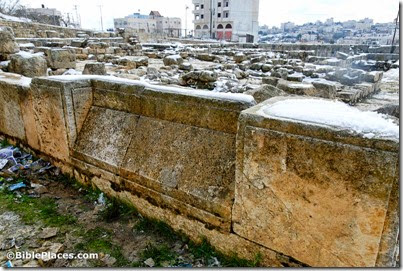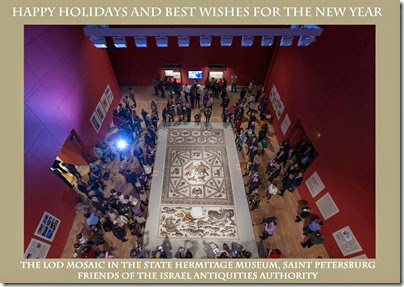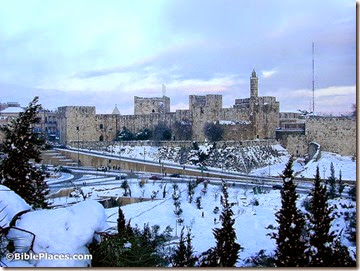The Lanier Theological Library is inviting scholars and patrons to a free seminar on Historical and Archaeological Evidence for the Jewish Diaspora after 722 BC. The seminar will be held on Friday, January 16, from 2:00 – 5:00 p.m., in our chapel, located at 14130 Hargrave Road, Houston, TX 77070.
This seminar precedes and ties in well with the library’s lecture on the next day by Rabbi Benjamin Scolnic, “The Book of Daniel and the Nature of Biblical Truth.” Registration for the Saturday evening lecture is separate from this seminar.
This 3-hour session on Friday will feature the six presenters and presentations below.
K. Lawson Younger (Trinity Evangelical Divinity School) “Israelites and Judahites in Assyria and Babylon in Cuneiform Sources“
James K. Hoffmeier (Trinity Evangelical Divinity School) “Judeans in Egypt after the Fall of Jerusalem in 586 B.C.“
Richard Hawes (Archaeology Forum, Tyndale House Cambridge) “Did Edom Annex Parts of Southern Judah Following the Fall of Jerusalem in 567/8 B.C.“
Benjamin Scolnic (Southern Connecticut State University) “The Book of Daniel and Modern Theories about the Persecution that led to the Story of Hanukkah“
Gary A. Rendsburg (Rutgers University) “Septuagint, Synagogue, and Symbiosis: The Jews of Hellenistic Egypt“
Thomas W. Davis (Southwestern Baptist Theological Seminary) “Jews in Cyprus in Hellenistic Times“
We invite you to attend this seminar as an opportunity to expand your knowledge, contribute to the discussion, connect with other attendees and explore this library. You are welcome to extend this invitation to pastors, graduate students, or other people you think would be interested. Seating is limited, so please register for this event by JANUARY 14, 2015.
To register for this free seminar, go here.
Registration for the Jan. 17 lecture at 7 p.m. is still open here.
HT: Agade



